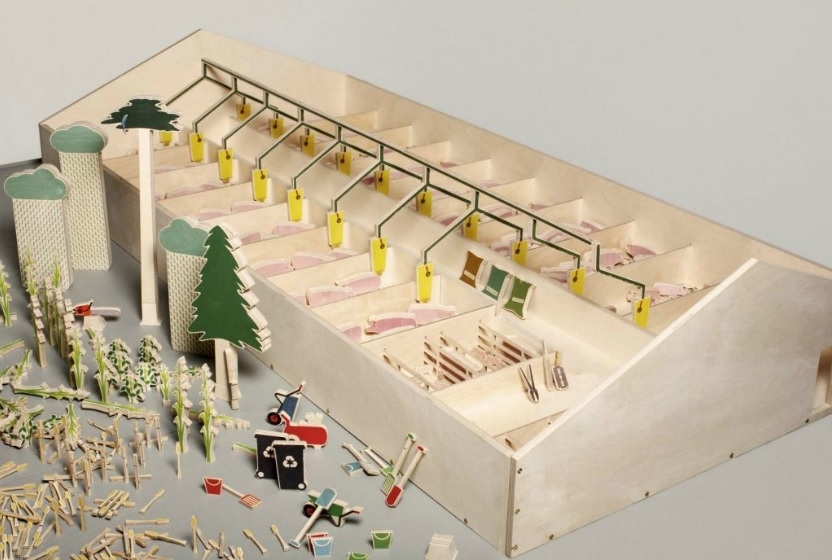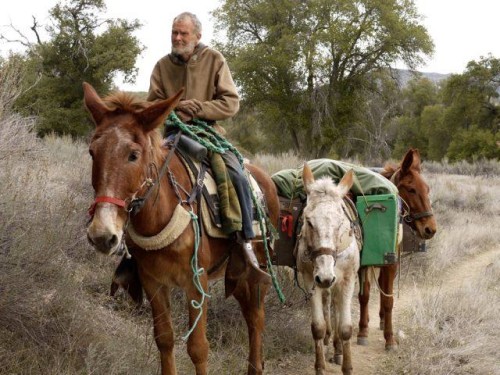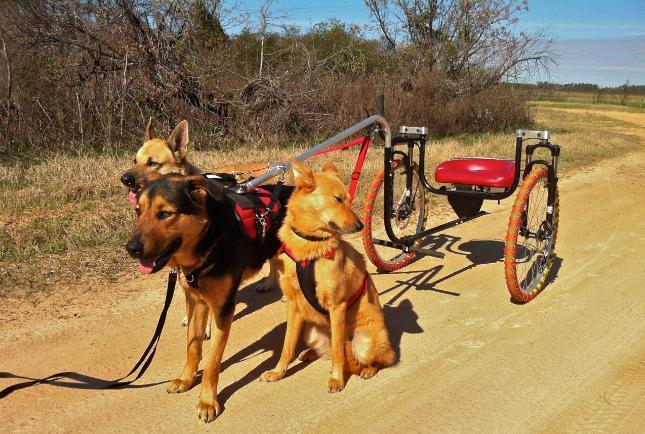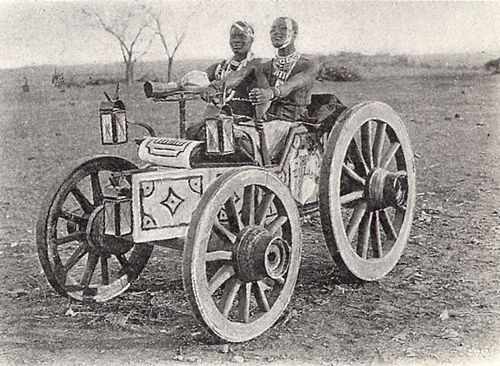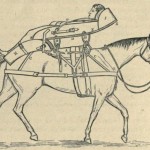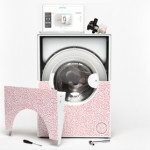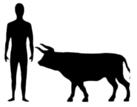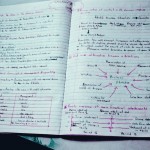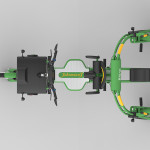Original article at Low-tech Magazine.
Wireless internet access is on the rise in both modern consumer societies and in the developing world. In rich countries, however, the focus is on always-on connectivity and ever higher access speeds. In poor countries, on the other hand, connectivity is achieved through much more low–tech, often asynchronous networks.
While the high-tech approach pushes the costs and energy use of the internet higher and higher, the low–tech alternatives result in much cheaper and very energy efficient networks that combine well with renewable power production and are resistant to disruptions.
If we want the internet to keep working in circumstances where access to energy is more limited, we can learn important lessons from alternative network technologies. Best of all, there’s no need to wait for governments or companies to facilitate: we can build our own resilient communication infrastructure if we cooperate with one another. This is demonstrated by several community networks in Europe, of which the largest has more than 35,000 users already. [Read more…]
